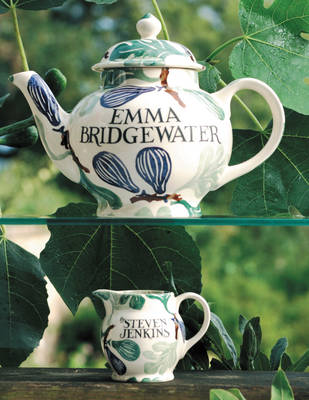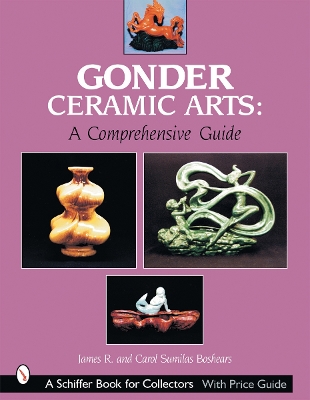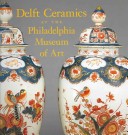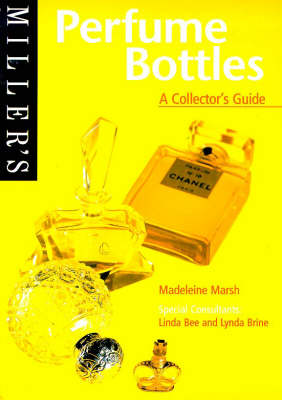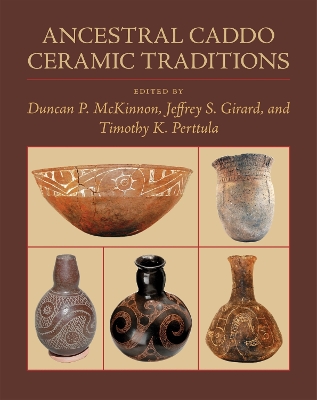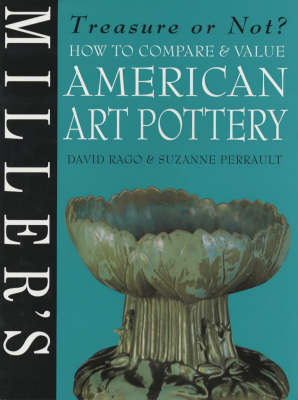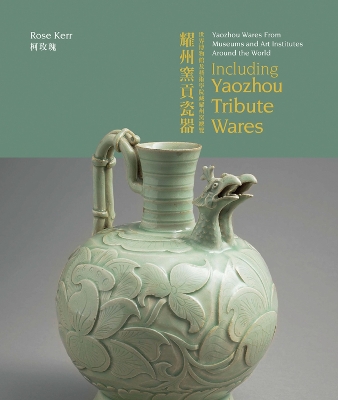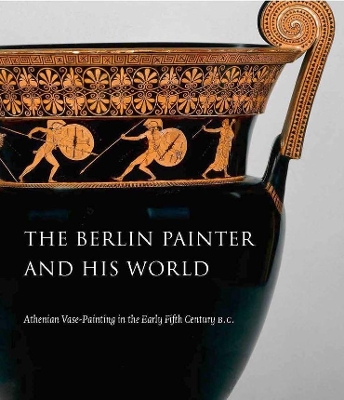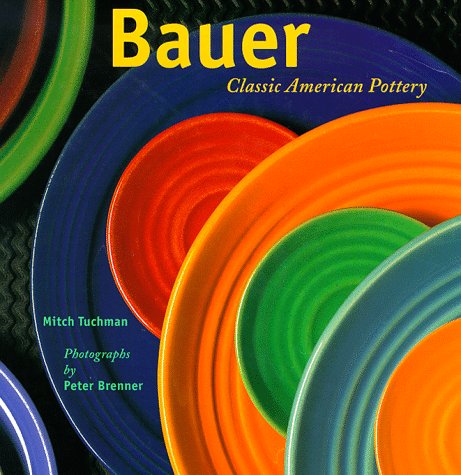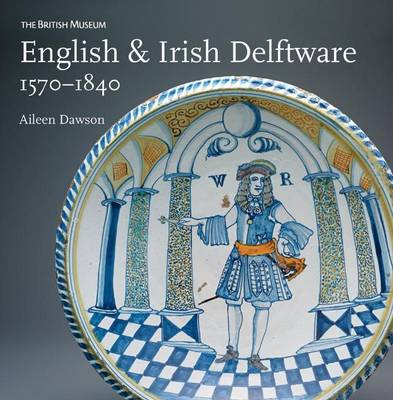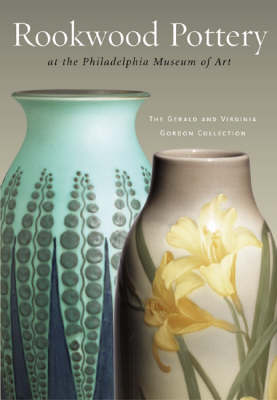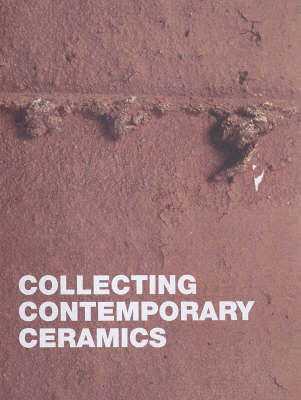This comprehensive guide displays many of the impressive artwares produced by Gonder Ceramic Arts of Zanesville, Ohio, in over 540 beautiful color photographs and 37 black and white catalog pages. The featured artwares range from baskets and bells to pitchers and vases. Over 30 experimental pieces are shown. The wide spectrum of glazes that won professional praise for the company's founder, Lawton Gonder, are prominently featured. A history of the company, from its founding in 1941 to its sale i...
The two Josiah Spodes, father and son, may be justly regarded as the second most important names in the development of English ceramics. Under their direction, two of the most important products in the English ceramic repertoire were perfected: underglaze transfer printing on earthenware; and fine bone china, a very practical porcelain. The first set the stage for the enormous burgeoning of the transfer-printed trade which became known as 'Staffordshire Blue', including the Willow Patter and Blu...
Miller's Perfume Bottles
by Madeleine Marsh, Linda Bee, and Lynda Brine
This work on perfume bottles is aimed at the budding collector. Covering both non-commercial bottles, into which perfume was decanted, and commercial perfume bottles, sold complete with perfume, this book explores the variety of designs available. It includes silver-topped Victorian examples, Lalique glass, designs by such names as Guerlain, Chanel and Avon, men's aftershave bottles and the avant-garde creations of Jean-Paul Gaultier.
Finely decorated ceramic vessels made for cooking, storage, and serving were a hallmark of Native Caddo cultures. The tradition began as many as 3,000 years ago among Woodland-period ancestors, thrived between c. 800 and 1800, and continues today in the Caddo Nation of Oklahoma. In Ancestral Caddo Ceramic Traditions, eighteen experts offer a comprehensive assessment of recent findings about the manufacture and use of Caddo pottery, touching on craft technology, artistic and stylistic variation,...
How to Compare and Appraise American Art Pottery (Miller's Treasure or Not? S.)
by David Rago and Suzanne Perrault
Introducing a series quite unlike any other on the market. Miller's Treasure or Not? series is a clear, accessible, easy-to-follow guide to developing an appraiser's eye and a connoisseur's knowledge of American Art Pottery. At the heart of each volume are 61 full-colour, 2-page spreads in which pairs of related objects are analyzed, compared, and evaluated, with the object of answering the question why is one item more valuable than the other. The factors involved may be age, rarity, intricacy...
Yaozhou Wares From Museums and Art Institutes Around the World
by Rose Kerr
Yaozhou ware is one of the finest Chinese celadons, made in north China over a period of 700 years, from the 7th to the 14th centuries. Their style developed and changed over time. In the Tang dynasty (618-906) black, brown, lead glazed and black-on-white painted ceramics were made. During the Five Dynasties period (907-960) a technical peak was achieved, and white-bodied wares with beautiful blue-green glazes appeared. During the Northern Song and Jin dynasties (906-1279) more olive-toned celad...
Peter Carl Faberge, born in St Petersburg in 1846, has been called the greatest craftsman in the age of craftsman and is unanimously regarded as the owner of the largest jewelry ever to have operated anywhere on earth! This book is an extraordinary collection of work."
Distance Learning in the Art of Ceramic Repair and Restoration
by Mary Rose Wrangham
Copeland Collection: Chinese and Japanese Ceramic Figures
by Antique Collectors' Club and William R. Sargent
The Copeland Collection of 134 Chinese and Japanese ceramic figures, perhaps the most important assemblage of its kind still in private hands, is recognized internationally for the superb quality of its many rare forms. Acquired by Mrs. Lammot du Pont Copeland over the past fifty years, each of these beautifully modeled human and animal figures testifies to the unerring eye of a premiere collector.The majority of these figures are of porcelain, produced during the late seventeenth to the late ei...
The Berlin Painter and His World (Princeton University Art Museum Monograph)
The Berlin Painter was the name given by British classicist and art historian Sir John Beazley to an otherwise anonymous Athenian red-figure vase-painter. The artist’s long career extended from about 505 B.C. well into the 460s, and his elegant renderings of daily life and mythological stories offer invaluable insight into the social, political, religious, and artistic workings of early 5th-century Athens. Since the first published identification of the artist in 1911, the Berlin Painter’s o...
Tin-glazed earthenware has been made in Europe since the 15th century. In Britain, floor tiles and drug pots were made in Aldgate, London in the 16th century by immigrant potters from the Low Countries. In the early 17th century factories making dishes and other wares were set up in London close to the River Thames. Their products were initially much influenced by Chinese porcelain, as well as by Italian maiolica. Manufacture spread from London to centres such as Bristol, Liverpool and Dublin. K...
The Rookwood Pottery was probably the most famous company making art pottery in the United States in the late nineteenth century into the twentieth century, achieving an international reputation and consistently promoting artistic innovation. Proud that the pottery was "an artist's studio, not a factory," Rookwood Pottery is known for achieving exceptionally fine glazes and successful experimental designs. By assimilating the strengths of myriad aesthetic movements from the American Art Pottery...
Collecting Contemporary Ceramics
by Philip Hughes, Judy Dames, Andrew Renton, and Bryony Dawkes
